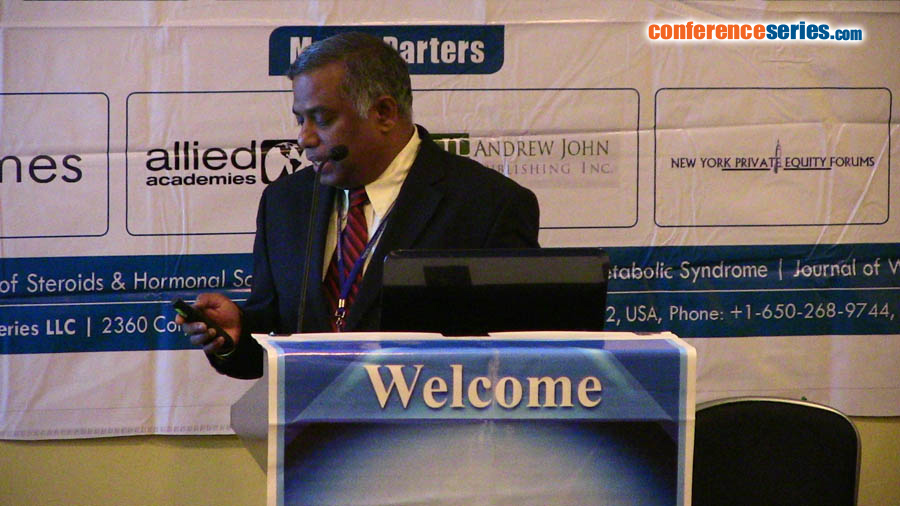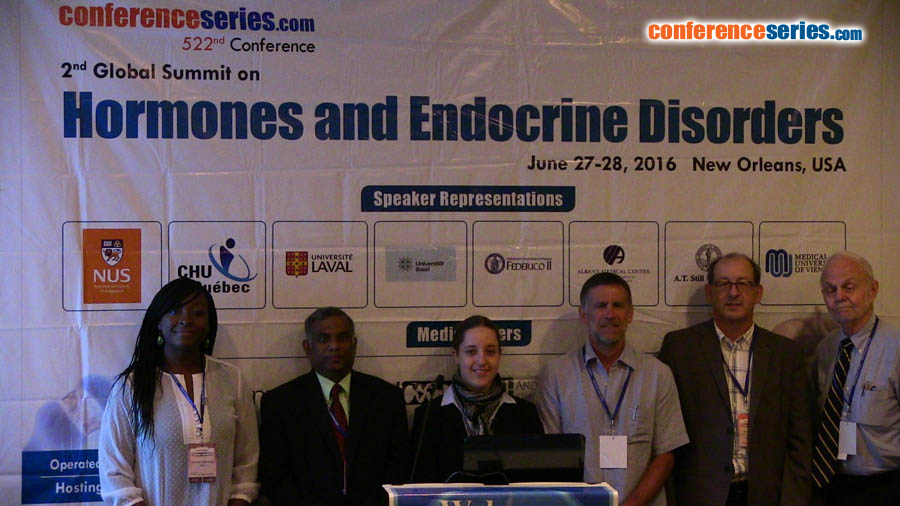
Pandurangan Ramaraj
A.T.Still University of Health Sciences
USA
Title: In-Vitro Determination of the Protective Function of Progesterone in Melanoma Using Mouse and Human Melanoma Cell Models
Biography
Biography: Pandurangan Ramaraj
Abstract
Epidemiological SEER data showed a higher mortality rate in males than females in melanoma, suggesting a sex difference. Clinical findings that menstruating females were better protected in melanoma than post-menopausal women and men of any age, suggested the involvement of sex hormones in protecting menstruating females. But, these studies did not show any direct effect of sex hormone on melanoma cell growth. Our previous studies with mouse and human melanoma cell lines showed the direct effect of progesterone, a female sex hormone inhibiting the cell growth significantly. This observation raised the question whether androgens (DHEA, AD and T) were responsible for increased male mortality in melanoma, as androgens levels were higher in males than in females. But literature survey showed that androgens were essential for healthy skin. Androgens were involved in sebaceous gland growth and differentiation, wound healing, hair growth. So, we checked the effect of androgens on mouse melanoma (B16F10) cell growth in-vitro. Results showed that androgens [androstenedione (AD) and testosterone (T)] also inhibited melanoma cell growth in-vitro. In addition, supplementation of progesterone as low as 10 mM concentration to androgens showed a significant additive effect on the inhibition of cell growth in-vitro. This observation raised the question whether lack or deficiency of progesterone in males was responsible for increased mortality in males. So the study was extended to human melanoma (BLM) cells. Results showed that AD and T inhibited human melanoma cell growth also, but at 100 and 200 mM concentrations. Again addition of progesterone as low as 10 mM concentration to androgens showed an additive effect on melanoma cell growth inhibition on top of maximum inhibition by androgens alone.
Conclusion: These observations suggested that androgens might not be responsible for increased male mortality in melanoma, perhaps the deficiency of progesterone in males that increased male mortality in melanoma. This study was in line with a published study which showed a significant correlation between circulating estrogen and male breast cancer. This study was able to provide a possible biological basis of SEER data and also a possible biological basis of protection enjoyed by menstruating females in melanoma.rn







